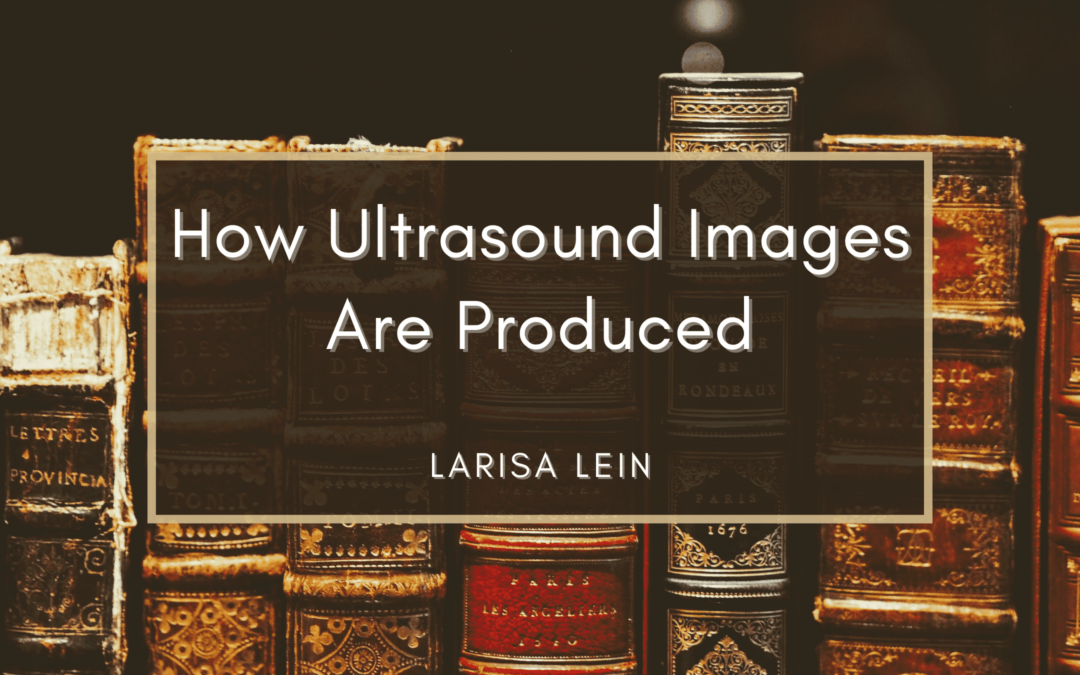Ultrasound machine/transducer
An ultrasound device is a device used by doctors to examine internal organs for example abdominal, breast, fetal, Doppler, echocardiogram, ophthalmic ultrasound, and helps diagnose and treat underlying conditions. It consists of a transducer probe that sends and receives sound waves, a processor that interprets the transducer’s electrical signal, performs calculations, and hosts power supplies. A transducer pulse control is used to change the duration, frequency, and amplitude of the sound waves emitted by the transducer and the machine’s scan mode. A computer monitor displays the ultrasound. A built-in keyboard and cursor are used to enter information and take measurements on the monitor, a disk storage device used to store images, and a printer that prints the displayed data.
How the ultrasound machine works
Ultrasound is an imaging technique in which high-frequency sound waves are used and the echolocation technique used by bats, whales, and dolphins. Ultrasonic waves are produced by a probe that emits ultrasonic waves and receives reflected echoes. The transducer probe is made of a ceramic crystal material named piezoelectric. When an electric field is applied to it sound waves are produced and vice versa. During an ultrasound exam, a gel is applied to the skin to prevent the formation of air pockets between the transducer and the skin. Air pockets prevent the entry of ultrasound waves into the body.
Sound pulses from 1 to 5 megahertz are transmitted to the body through a probe or transducer that can be moved and tilted to obtain the desired view, depending on the side of the body. Millions of sound waves and echoes travel between soft tissue and bodily fluids or bones. Many returns to the probe, creating an electrical signal, and are reflected back to the ultrasound device every second. The computer turns into bright spots in the image depending on the strength of the reflected echoes. The ultrasound device then uses the speed of sound in the body tissue and the time required for each echo to return from the tissue boundary, that is, the intensity and distance of the echoes on the screen. The transducer comprises a wide range of crystals, forming a series of image lines that together form a complete two-dimensional image called a sonogram.

